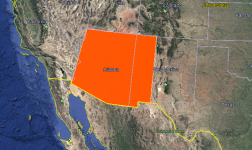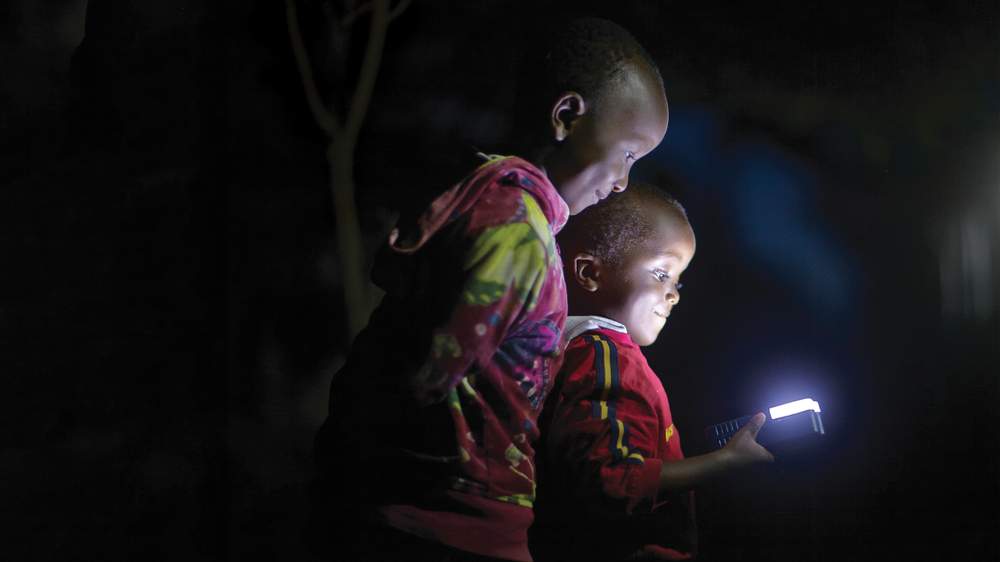- Joined
- Oct 11, 2021
- Messages
- 50
- Reaction score
- 6
- Gender
- Male
It would take some doing. But it could be done. And in one way or another it should be done. Because not only is human caused global warming a reality, but it is speeding up! We have more than enough useless desert areas in the U.S. to put solar panels where we could power the world. Just think of it. We could be the next Saudi Arabia of electricity. But transmitting that electricity around the world would be difficult. Maybe it could be done with transmitted radio waves as Tesla envisioned. Or maybe we could do it with MASERs bounced off satellites, but sent back toward earth in a diffuse manner. Where animals in the path of the beam wouldn't get cooked.
I will show you a picture of the U.S. and an area on it that shows the entire area compared to the U.S. it would take to power the world. Though keep in mind that they wouldn't all have to be in one spot. I will also show you another picture of the U.S. and the total area of solar panels it would take to power just the U.S. It shows a square area that is around 140 miles per side. Elon Musk thinks it could be done with a total area that is just 100 miles per side.


I will show you a picture of the U.S. and an area on it that shows the entire area compared to the U.S. it would take to power the world. Though keep in mind that they wouldn't all have to be in one spot. I will also show you another picture of the U.S. and the total area of solar panels it would take to power just the U.S. It shows a square area that is around 140 miles per side. Elon Musk thinks it could be done with a total area that is just 100 miles per side.





